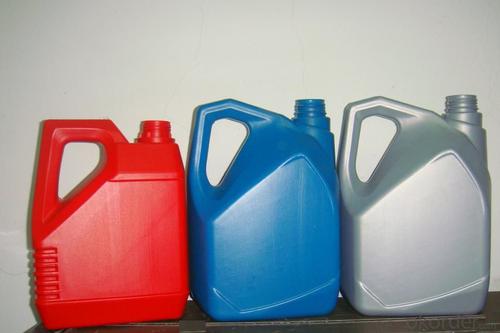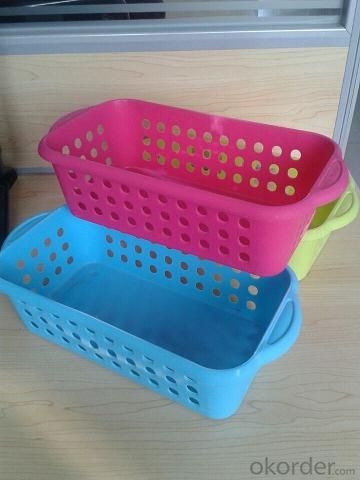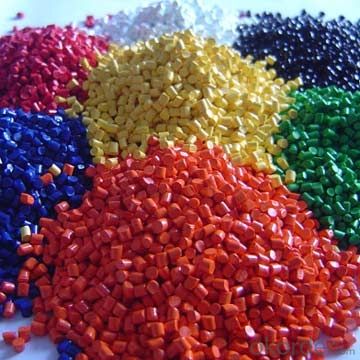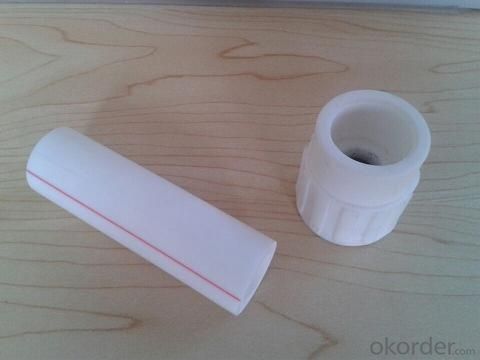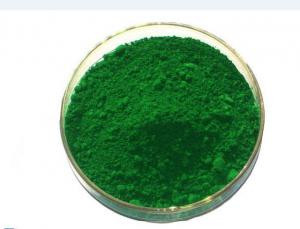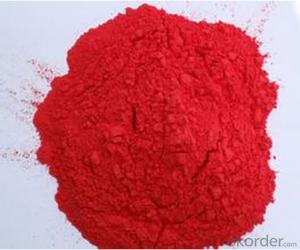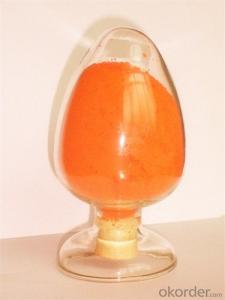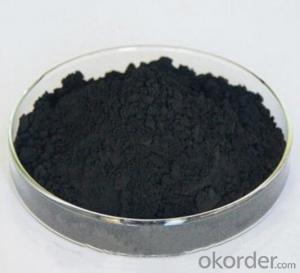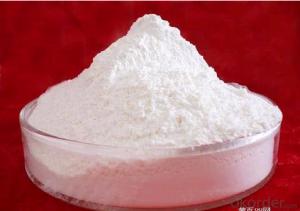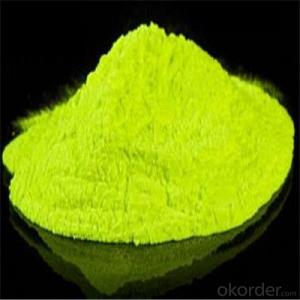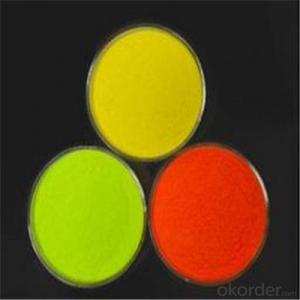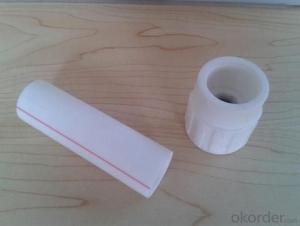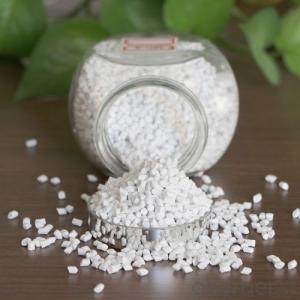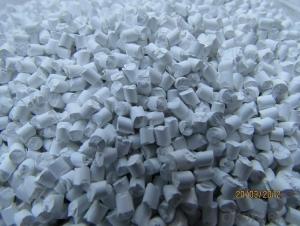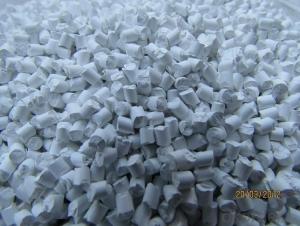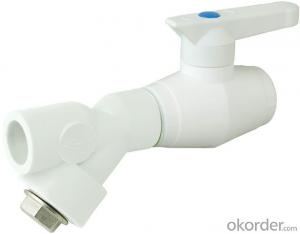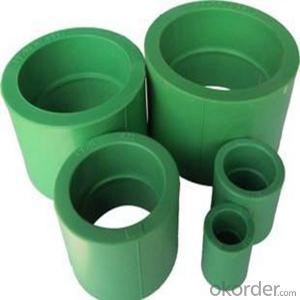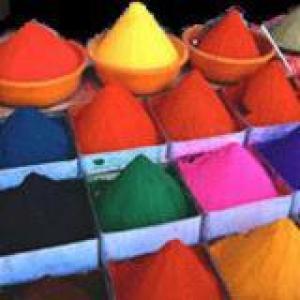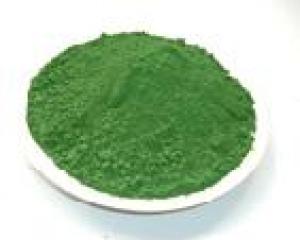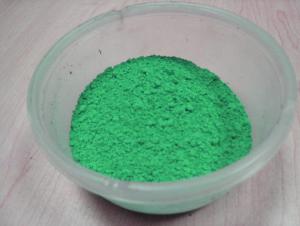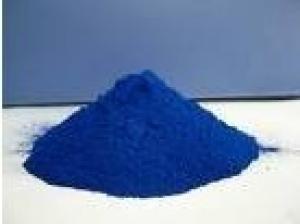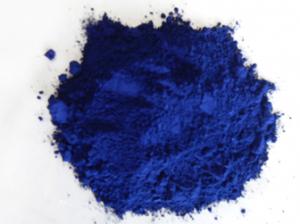Special-purpose color Masterbatch PPR Pipe color Masterbatch
- Loading Port:
- China main port
- Payment Terms:
- TT OR LC
- Min Order Qty:
- 25 kg
- Supply Capability:
- 1000000 kg/month
OKorder Service Pledge
OKorder Financial Service
You Might Also Like
Specification
Application & Features
This series of products use PP as the substrate. lt has characteristics such as Easy coloring,Non-toxic,Tasteless,weathering strong,No leakage and migration.There will be No bubble and pocking mark while producing,meanwhile,it enhance pipes stiffness and toughness.
Technical Specification
General Information | ||
Product Name | : | Special-purpose color Masterbatch |
Physical and Chemical Specification | ||
Packaging | : | Unit Kraft bag |
Carrier Resin | : | PE |
Melting Temperature | : | > 100° C |
Appearance | : | Uniform granule |
Light Fastness | : | 5(ISO Blue Wool Scale) |
Heat Stability | : | 240 ° C |
Application | : | Injection & Extruding moulding , |
Letdown Rate | : | 2 % ~ 4% |
Color difference | : | ΔE<0.3 0.3 |
MFI(ASTM D-1238,190°C,2.16kg) () | : | 21± 5 grams/ 10 minutes |
Moisture(ASTM-4019) | : | 0.5 % |
Granule count/gram | : | 30-50 |
Granule length (L) | : | 2.5 – 3.5 mm |
Granule diameter (D) | : | 2 – 3 mm |
- Q: list 5 mineral pigments and 5 animals pigments and how its produced
- Mineral Pigments: Lazurite (Lapis Lazuli), Vivianite (Blue Ochre), Riebeckite, Glauconite, Malachite, Jarosite, Limonite, Hematite, Goethite, Celadonite and Shungite Animal Pigments: Tyrian Purple, made from the mucus of a Murex snail Carmine, made from an insect in central and south America, called Cochinilla Natural indigo, made from plants of the genera Indigofera Rose madder, a pigment derived from the plant Rubia tinctorum Gamboge, I think is a dark type of mustard (seeds) Alizarin occurs in the root of the common madder (Rubia tinctorum) and in various parts of Indian madder (Rubia cordifolia). And regarding how they are produced, well each one has it?s own methods. You may want to search each of those names and you can find information for each one. Hope this helps, Bella
- Q: what is pigment dispersion syndrome?
- Pigment dispersion syndrome (PDS) is an affliction of the eye that, if left untreated, can lead a form of glaucoma known as pigmentary glaucoma. It takes place when pigment cells slough off from the back of the iris and float around in the aqueous humor. This is not what causes problems; however, if the pigment flakes clog the trabecular meshwork, preventing the liquids in the eye from draining, pressure can build up inside the eye. This pressure can cause permanent damage to the optic nerve. This condition is rare, but occurs most often in Caucasians, particularly men, and the age of onset is relatively low: mid 20s to 40s. Most sufferers are nearsighted. There is no cure as of yet, but PDS can be managed with eye drops or treated with simple surgeries. If caught early and treated, chances of glaucoma are greatly reduced. Sufferers are often advised not to engage in high-impact sports such as long-distance running or martial arts, as strong impacts can cause more pigment cells to slough off
- Q: Please help me answer these Genetics problems. These are the problems that was assigned in the previous exams, but the professor doesn't provide the answer keys or a review session to go over these.Pigment in the mouse is produced only when the C allele is present. Individuals of the cc genotype have no color. if color is present, it may be determined by the A, a alleles. AA or Aa results in the agouti color, while aa results in the black color. In 3 crosses between agouti females whose genotypes are unknowns and males of the aacc genotype, the following phenotypic ratios were obtained. Female 1: 8 agouti 8 colorlessFemale 2: 4 agouti 5 black 10 colorless
- interior the 1st bypass AACC x aacc, discern a million will produce all AC gametes and discern 2 ac. Your F1 will all be AaCc. As all have the C allele they are going to be pigmented and as they're Aa they're going to all be agouti. Your F1 bypass is AaCc x AaCc. each and each discern can produce 4 gametes AC, Ac, aC, ac. To get all the genotypes you would be able to desire to entice a 4 x 4 Punnett sq.. each and each column and each and each row has between the 4 gametes in it and the cells comprise the blended genotypes. in case you count type up your genotypes you will discover 9 comprise the two A and C, those are agouti, 4 comprise cc, and all of those would be white regardless of the genotype at A, 3 comprise aa and C, those will all be black. So your phenotypic ratio would be 9:4:3 agouti: white: black the subsequent 3 crosses are all attempt crosses - you employ a recessive discern to artwork out the genotype of the different discern. a million. As lots of the offspring are colourless, you be attentive to that the two mothers and dads carry the c allele, as you pick cc for colourless mice. As there are no black mice, there is not any a allele interior the mum, as no aa offspring are produced. The bypass is AACc x aacc. woman gametes are AC or Ac and male gametes are all ac, offspring are the two AaCc or Aacc. 2. Is the opposite of bypass a million. There are black offspring so mom would desire to hold an a allele to furnish black mice, as there are no colourless ones, there is not any c allele interior the mum. you could write down the bypass and the F2 effect now. 3. This time all hues are produced, so the mum would desire to hold the two a and c alleles. Her genotype is AaCc, she would be able to offer 4 gametes as interior the 1st bypass and you will artwork out the resultant genotypes and phenotypes interior the F2.
- Q: thinking about the main role of pigments in photosynthesis...? explain how the pigments in colored objects suc?
- photosynthetic pigment or antenna pigment is a pigment that is present in chloroplasts or photosynthetic bacteria and captures the light energy necessary for photosynthesis. Green plants have five closely-related photosynthetic pigments (in order of increasing polarity): Carotene - an orange pigment Xanthophyll - a yellow pigment Chlorophyll a - a blue-green pigment Chlorophyll b - a yellow-green pigment Phaeophytin a[1] - a gray-brown pigment Phaeophytin b[1] - a yellow-brown pigment Chlorophyll a is the most common of the six, present in every plant that performs photosynthesis. The reason that there are so many pigments is that each absorbs light more efficiently in a different part of the spectrum. Chlorophyll a absorbs well at a wavelength of about 400-450 nm and at 650-700 nm; chlorophyll b at 450-500 nm and at 600-650 nm. Xanthophyll absorbs well at 400-530 nm. However, none of the pigments absorbs well in the green-yellow region, which is responsible for the abundant green we see in nature.
- Q: As in like makeup pigments??????
- technically, pigment is a colored mineral of some kind that is ground as fine as possible. (i.e., cobalt is blue, iron produces reds, etc.) Pigment is the same whether it's in cosmetics, ceramics, or in paint. However, modern chemicals may also have the effect of coloring the ingredients of cosmetics, but that would make them a colorant, not a pigment.
- Q: What is pigment?
- mac pigments are multi use. they're probably most popular as eyeshadows, but can also be used on lips, cheeks, nails, and pretty much anywhere. the mac pro store sells several mixing mediums, to change the consistancy of the powder, for the different uses, or they can be mixed with water/visine/etc.
- Q: We see pigments everywhere in products. They make a variety of things we see today. Where does it come from? Do they actually take a red rose pedal, grind the color and designate it as the color red?
- Basically, it's an aqueous solution with an affinity to a specific substrate. Usually requires a mordant (a binding agent for specific fibers, usually a polyvalent metal ion). Dyes appear to be colored because they absorb some wavelengths of light more than others. In contrast with a dye, a pigment generally is insoluble, and has no affinity for the substrate. Some dyes can be precipitated with an inert salt to produce a lake pigment, and based on the salt used they could be aluminum lake, calcium lake or barium lake pigments. Natural dyes include things like; berries, roots, berries, bark, leaves, and wood, fungi, and lichens. There are also synthetic dyes the most famous (and the first made) being mauveine. Doing a simple Google search would bring up some different synthetic dyes, as well as the different types! (Too many to type here :-)) Hope that helped!
- Q: light absorption, which pigments are involved?
- All photosynthetic organisms contain one or more organic pigments capable of absorbing visible radiation, which will initiate the photochemical reactions of photosynthesis. The three major classes of pigments found in plants and algae are the chlorophylls, the carotenoids and the phycobilins. Carotenoids and phycobilins are called accessory pigments since the quanta (packets of light) absorbed by these pigments can be transferred to chlorophyll. Chlorophylls chlorophyll a - present in all higher plants and algae chlorophyll b - present in all higher plants and green algae chlorophyll c - diatoms and brown algae chlorophyll d - red algae (chlorophyll a is present in all photosynthetic organisms that evolve O2.) Chlorophyll molecules contain a porphyrin 'head' and a phytol 'tail'. The polar (water-soluble) head is made up of a tetrapyrrole ring and a magnesium ion complexed with the nitrogen atoms of the ring. The phytol tail extends into the lipid layer of the thylakoid membrane. Carotenoids (carotenes and xanthophylls) Carotenes: -carotene - higher plants and most algae $-carotene - most plants some algae xanthophylls: luteol, fucoxanthol and violaxanthol Carotenoids contain a conjugated double bond system of the polyene type (C-C=C-C=C). Energy absorbed by carotenoids may be transferred to chlorophyll a for photosynthesis. Phycobilins (found mostly in red and blur-green algae): phycoerythrin phycocyanin allophycocyanin )
- Q: the absorption spectrum and the range of light reflected by each
- three major pigments are 1.chlorophyll a 2.chlorophyll b 3.carotenoids chlorophyll a is the major pigment,chlorophyll b n carotenoid are the accessory pigments which help in absorption of the incident light of different wavelengths. another pigment xanthopyll-fucoxanthin is also present in some plants
Send your message to us
Special-purpose color Masterbatch PPR Pipe color Masterbatch
- Loading Port:
- China main port
- Payment Terms:
- TT OR LC
- Min Order Qty:
- 25 kg
- Supply Capability:
- 1000000 kg/month
OKorder Service Pledge
OKorder Financial Service
Similar products
Hot products
Hot Searches
Related keywords





